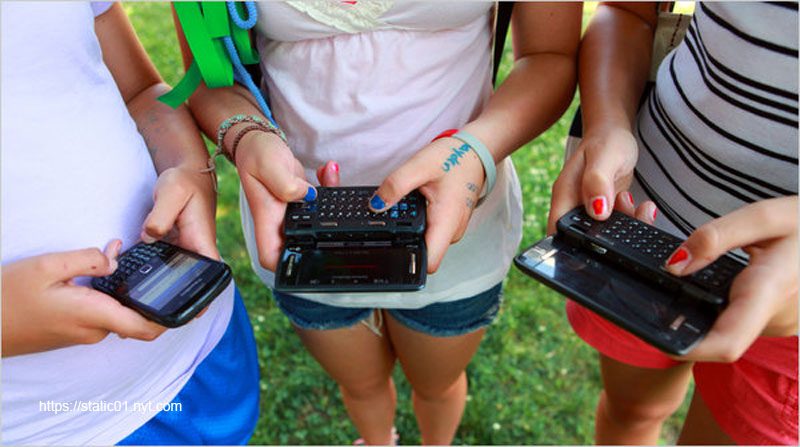It really is a leading news story everywhere we turn: Bullying. In the classroom, the workplace, the dwelling, around the road and more: Individuals everywhere are concerned in regards to the sheer volume of disrespect and lack of civility in our society. A bully is: a person who’s habitually cruel, intimidating or overbearing, particularly to smaller sized or weaker people. I broaden the definition to include things like any act in which we exploit perceived weakness. The issue is just not only that bullying is so prevalent; it is that we don’t usually recognize the lots of forms it takes, or extra importantly, the harmful systems we’ve got set up that result in and help bullying.

Recognizing the Status Quo
Exploitation of weakness is quickly recognized when 1 person taunts and torments an additional with verbal or physical threats. At the same time, bullying is often subtle and socially supported as when adults overpower kids, or by means of the many politically right utilizes of arrogance, guilt techniques, weakness and fear to compete, pressure, manipulate, threaten or intimidate. Recently in my practice, a 7-year girl admitted having a smile, “I get my dad to yell and go out of handle by crying real really hard and running to my mom.” For every bullying tactic we know, there are lots of that go unrecognized.
What Dismantles Bullying?
I after coached an atypical 8th grade class in which a teacher had adopted skills to cultivate individual responsibility and leadership within her students. Her method offered many possibilities for them to often feel powerful, lovable, connected and contributing– important needs for cooperation and caring behavior. One particular day a student in her class rebelled against a new school-wide practice named “a peace pledge” where students put their hands on their hearts reciting, “I pledge to use my hands and my words for peace.” However and ironically, one more teacher created the pledge mandatory; threatening any child caught not participating inside the pledge would be punished using a detention. This student wanted to accomplish the pledge, but understandably objected strongly to getting forced (aka bullied) to do it.
Individual Duty
If I had been looking for culpability, it may appear that this teacher was a bully and the students her victims. I initially asked this student, “How do you believe you and the other folks contributed to this teacher using threats?” Due to the mutual respect and trust inside this meeting, he described an general lack of cooperation and respect towards the teacher, whom he and other people persisted in viewing and gossiping about as negative, mean and hopeless. He admitted he did nothing at all to supply solutions, and he created a new decision to alter certain behaviors, as well as moving forward in respectfully asking her to withdraw threats. He then expressed his fear of becoming direct using the teacher. I explained to him that sustaining fear of her was, in itself, an act of hostility along with a diversion from taking responsible action toward a helpful resolution. Worry is perceived as and is definitely an attack mainly because worry presupposes the other particular person as enemy and risky. He agreed to speak with all the teacher, working with us to design a respectful way.
We Will have to Cease Help of Bully and Victim Consciousness
What causes bullying in the 1st location? The issue is we setup environments that involve socially acceptable harshness, competition and bullying inside properties and schools making use of the excuse, “kids have to get applied to true life. It’s a dog-eat-dog planet available, full of competitors and tough knocks.” Then we’re shocked and amazed we’ve a bullying dilemma that is definitely epidemic. We collectively help bully and victim consciousness. If I was coaching the teacher that issued the threat, I’d aid her to view that her behavior (within this case, use of force or manage) contributes to the lack of cooperation in her classrooms, where she likely perceives herself as a victim to bullying students.
A Happier Ending
No matter the a lot of probable selections this student could have made, if he maintained a view of himself as a weak, powerless and innocent “victim” for the major, negative, controlling “bully” teacher, he would likely either do the pledge inside a state of resentful compliance (with continued passive/aggressive behaviors), feeling weak and ineffective, or straight rebel for no other purpose than resisting control, settling for a sense of pseudo energy, then be left feeling imply and vengeful. Now, there will probably be optimistic impacts for everybody simply because of a technique supporting emotionally intelligent, assertive and self-directed responses.
Will this boy’s behavior now be more cooperative–or much less? Will he be far more or significantly less influential and respected? Now, it truly is pretty likely that what he thinks, feels, says and does are going to be congruent and he will experience self-respect since he has strengthened his inner authority (the really factor victims and bullies both must develop) in a real-time scenario. With integrity, this student will now much more frequently respect others, get higher trust from adults and peers and be observed as accountable and trusted even when challenging the status quo.
Two Sides in the Very same Coin, or even a Entire New System?
Provided that victims and bullies see themselves in diametrically opposed positions, (and they’ll if we never focus on the systems rather than “who’s to blame?” or “what punishment to exact”) instead of realizing they’re each inside the identical camp; namely, feeling powerless, they are going to continue behaviors and thinking that keep them stuck in divisive and non-productive reactivity. But, when adults and children learn to move out of the powerless mindset and turn into accountable, there’s a good shift, even though it may take numerous intentional interactions to fully shift a dynamic of dog-eat-dog to one of dog-feed-dog. To dismantle bullying along with other damaging behaviors and outcomes, you need to build trust, shift responsibility and setup new systems primarily based on honoring one one more and sharing power.





